We only see one side of the moon, because it is tidally locked to the planet Earth (tidal locking the situation when an object’s orbital period matches its rotational period). What if the Earth was tidally locked to the Sun?
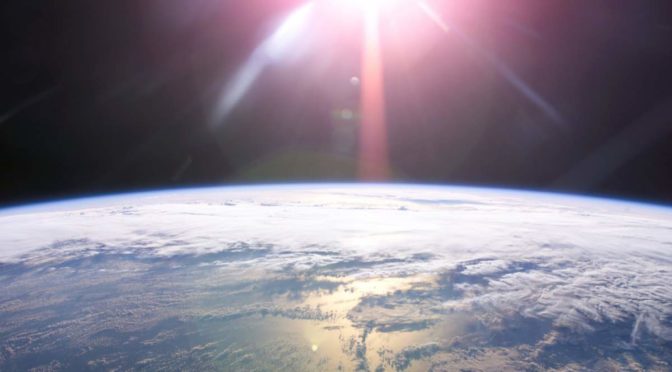

We only see one side of the moon, because it is tidally locked to the planet Earth (tidal locking the situation when an object’s orbital period matches its rotational period). What if the Earth was tidally locked to the Sun?
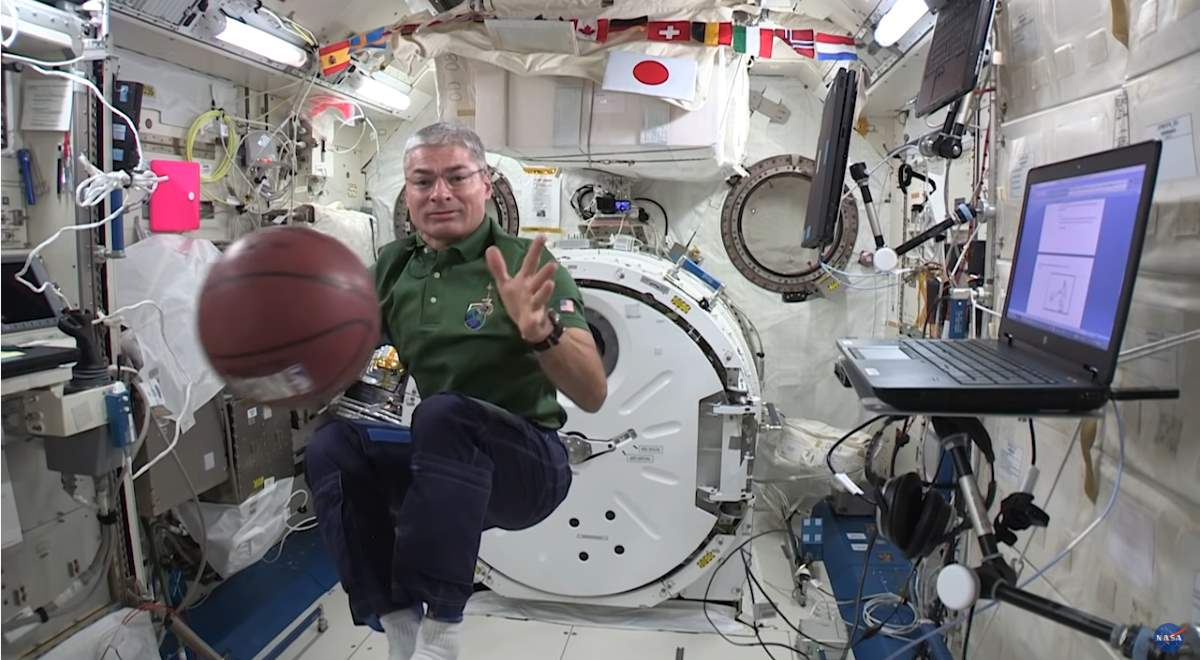
A microgravity environment is a perfect place to demonstrate basic physics, i.e. Newton’s laws of motion. In the videos published by the NASA Johnson channel, astronauts aboard the International Space Station (ISS) just do that.
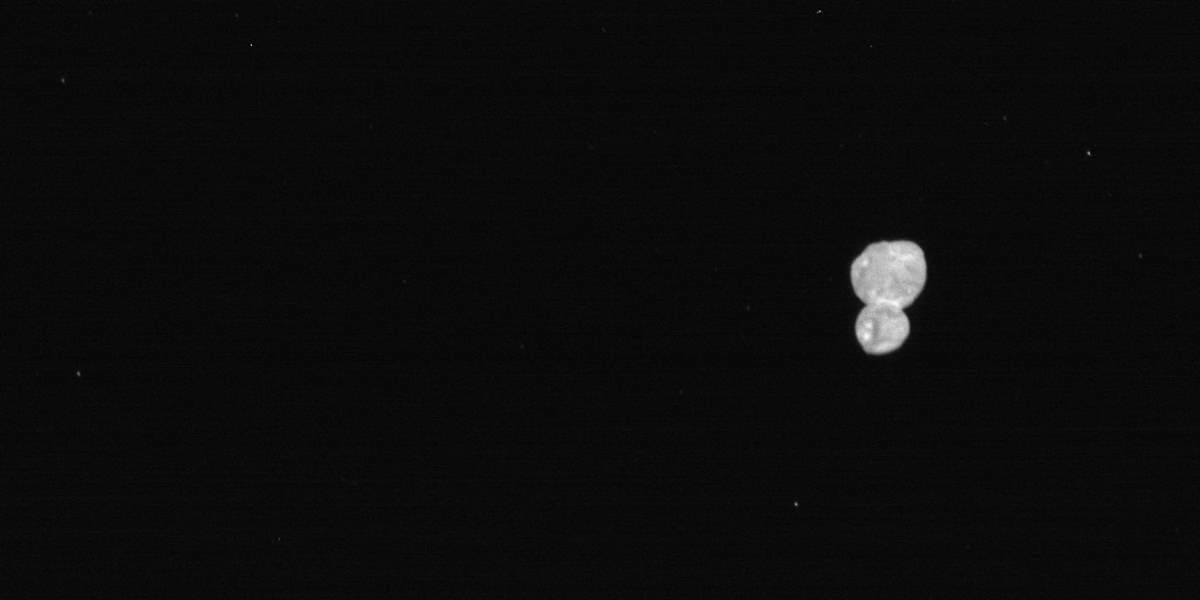
A beautiful 486958 Arrokoth image (initially nicknamed Ultima Thule) taken by the Long Range Reconnaissance Imager (LORRI) aboard NASA’s New Horizons spacecraft in original context against a starry background (i.e., not zoomed in).
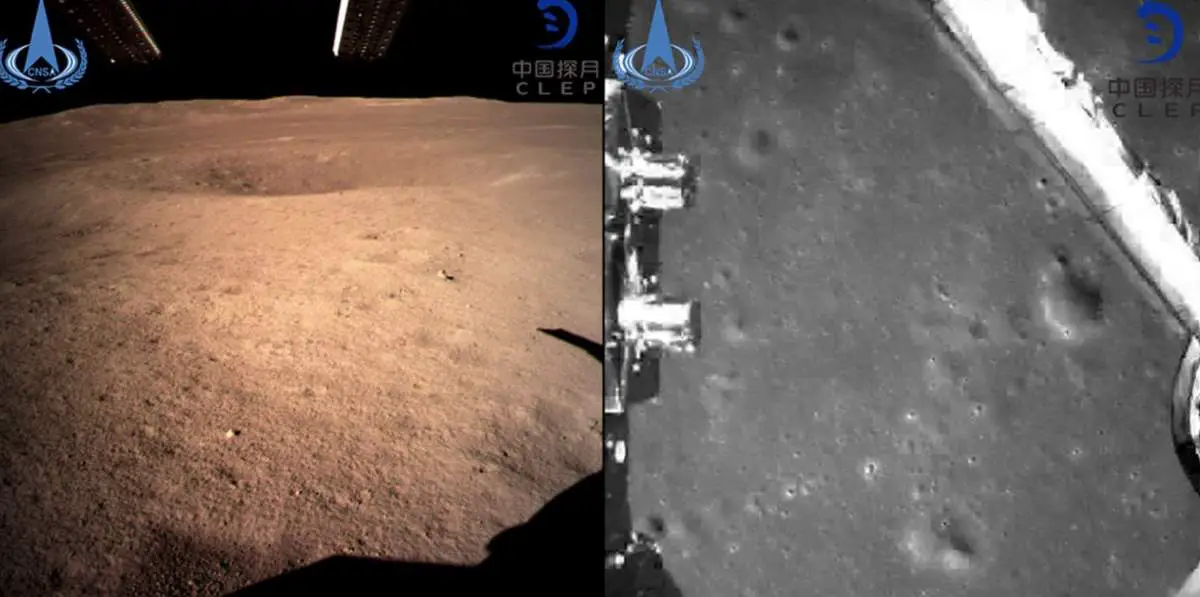
Today, on January 3, 2019, China’s lunar lander and rover
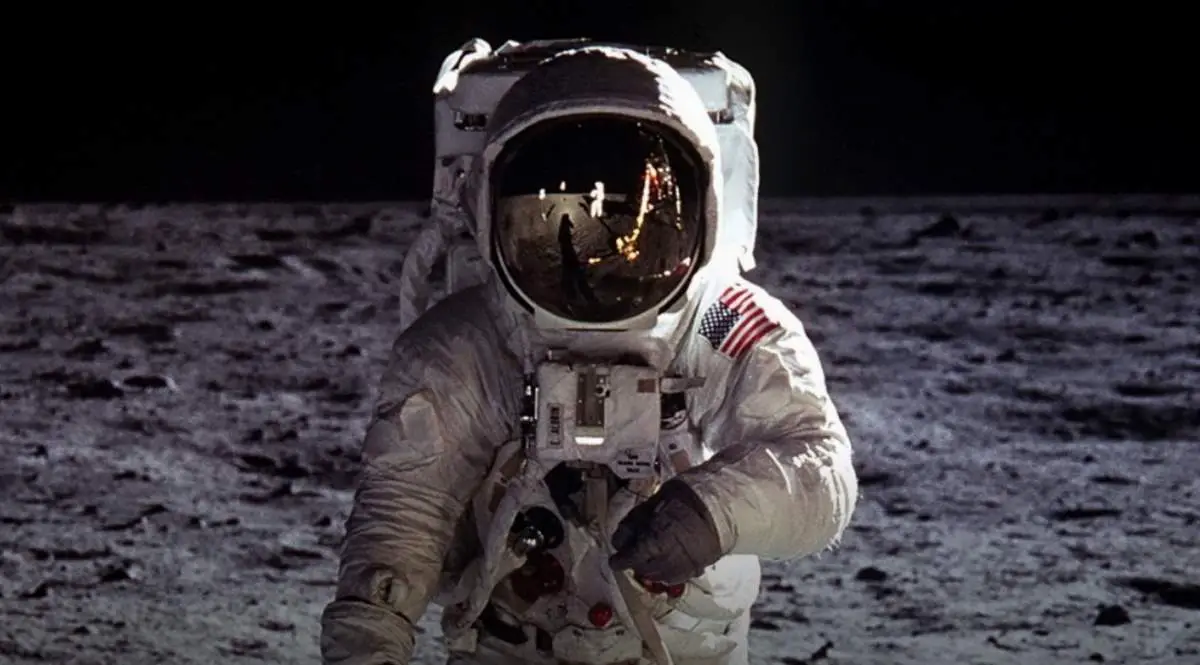
Apollo 11 astronauts Neil Armstrong and Buzz Aldrin were the first people to walk on the moon. After more than 21 1⁄2 hours on the lunar surface, in addition to the scientific instruments, they left behind an Apollo 1 mission patch (see notes 1) and a memorial bag containing a gold replica of an olive branch as a traditional symbol of peace and a silicon message disk.

In January 2015, NASA released the largest image ever of the Andromeda galaxy, called the Panchromatic Hubble Andromeda Treasury (PHAT), taken by the Hubble telescope. This composite image involved thousands of observations, hundreds of fields, spanned about a third of the galaxy and resolved over 100 million stars.
Totaling 1.5 billion pixels and requiring 4.3 gigabytes of disk space, this photo provides a detailed glimpse at the sheer scale of our nearest galactic neighbor.
Using this gigantic image, filmmaker Dave Achtemichuk created an unforgettable interactive experience.

In December 2018, NASA’s Mars InSight Lander recorded the sounds of Mars for the first time ever. Musician Andrew Huang made music using the real Mars sounds.
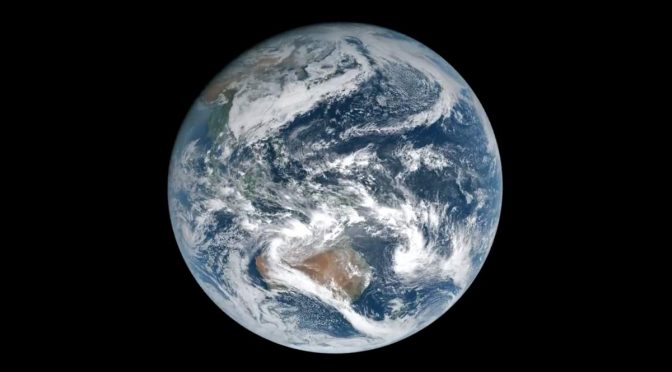
What if the Earth’s history (our planet’s age is approximately 4.54 billion years), compressed into just one year? @YearOnEarth just did that. At midnight on the 31st of December, Chris Jennings started a little project for the incoming year: tweeting the entirety of the geological history of the Earth, compressed into one year.
The result is an amazing timeline of the Earth’s history.
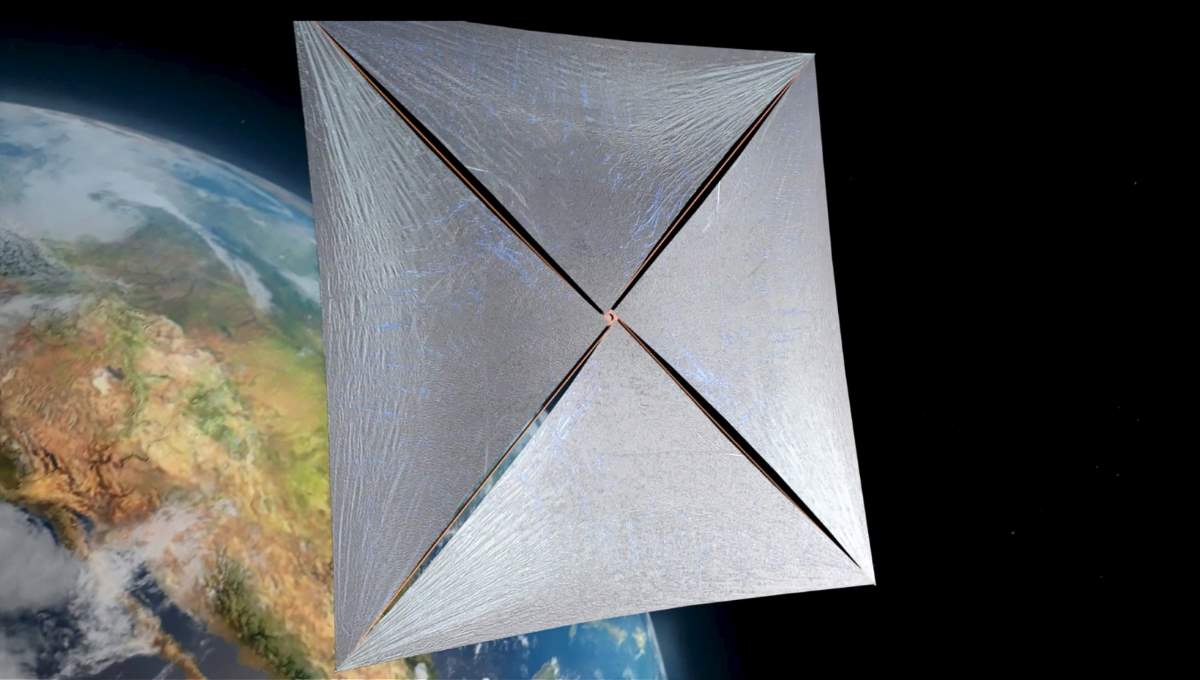
Fifty-five years ago, Yuri Gagarin rocketed into orbit and began to break our bonds to our planet. To mark the occasion, the nonprofit Breakthrough Institute just announced plans to free us from an even more formidable set of bonds and send a fleet of small spacecraft beyond our solar system, off to the stars. News of the “Breakthrough Starshot” plan was met with great enthusiasm, but also with more than a little skepticism.
The distance between stars is vast. Our closest

NASA Goddard Planetary Scientist James O’ Donoghue created a nice animation showing the sidereal days and axial tilts of the solar system planets.